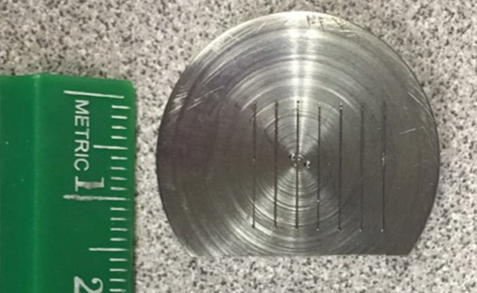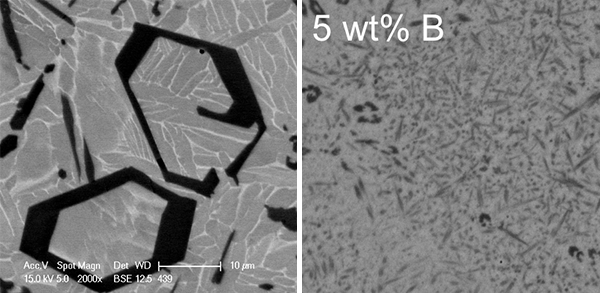A rapid screening method for new 3-D printing alloys
Despite metal 3-D printing’s novel process and innovative design parameters, one aspect of the technology remains conventional—the materials. However, CMU researchers are addressing the need for new materials by designing a rapid screening method for new 3-D printing alloys.
3-D printing, also known as additive manufacturing, is thought to be a completely disruptive technology that will upend traditional processes in the world of manufacturing. The technology allows engineers to actually print a metal part (for example, a piece of a car engine) layer-by-layer, rather than machining the part out from a large, solid block. The process has a laundry list of benefits—think cheaper, faster, lighter, more customized, better designs, and less waste.
Despite metal 3-D printing’s novel process and innovative design parameters, one aspect of the technology remains conventional—the materials. Currently-used materials, such as the common titanium alloy Ti-6Al-4V, were designed and optimized decades ago for traditional manufacturing approaches. Manufacturers are pushing for the creation of new materials, so that they can use metal powders designed for 3-D printing and its high cooling rates.
The challenge? Currently, designing a new alloy means a lot of time, and a lot of money.
“It’s very hard to develop new materials for additive manufacturing, because evaluating new alloys requires a lot of powder. At least a hundred pounds of powder would be needed per composition in order to test all the process variables related to that material. This is both expensive and time-consuming,” explains Bryan Webler, assistant professor of materials science and engineering. “Even at a research scale, it’s not straightforward or efficient to fabricate small batches of powder for every possible material composition that we need to test. We need computational and experimental approaches to screen compositions to provide some initial guidance before we try to make test batches of powders.”
This screening method allows us to...more quickly understand and develop correlations between process variables and alloy composition.
Bryan Webler, Assistant Professor, Materials Science and Engineering, Carnegie Mellon University
Researchers at Carnegie Mellon University’s College of Engineering are addressing the experimental approach to composition screening by using solid material instead of powder. Webler can produce small metal buttons via arc-melting of virtually any composition. Up to 16 of these buttons can be placed in a 3-D printing machine to make tracks and pads of remelted material on each button over a range of process variables (e.g., beam power and travel speed). After characterizing the melt pools, initial insights can be gained into how that alloy reacts to the fast solidification rates of 3-D printing.


